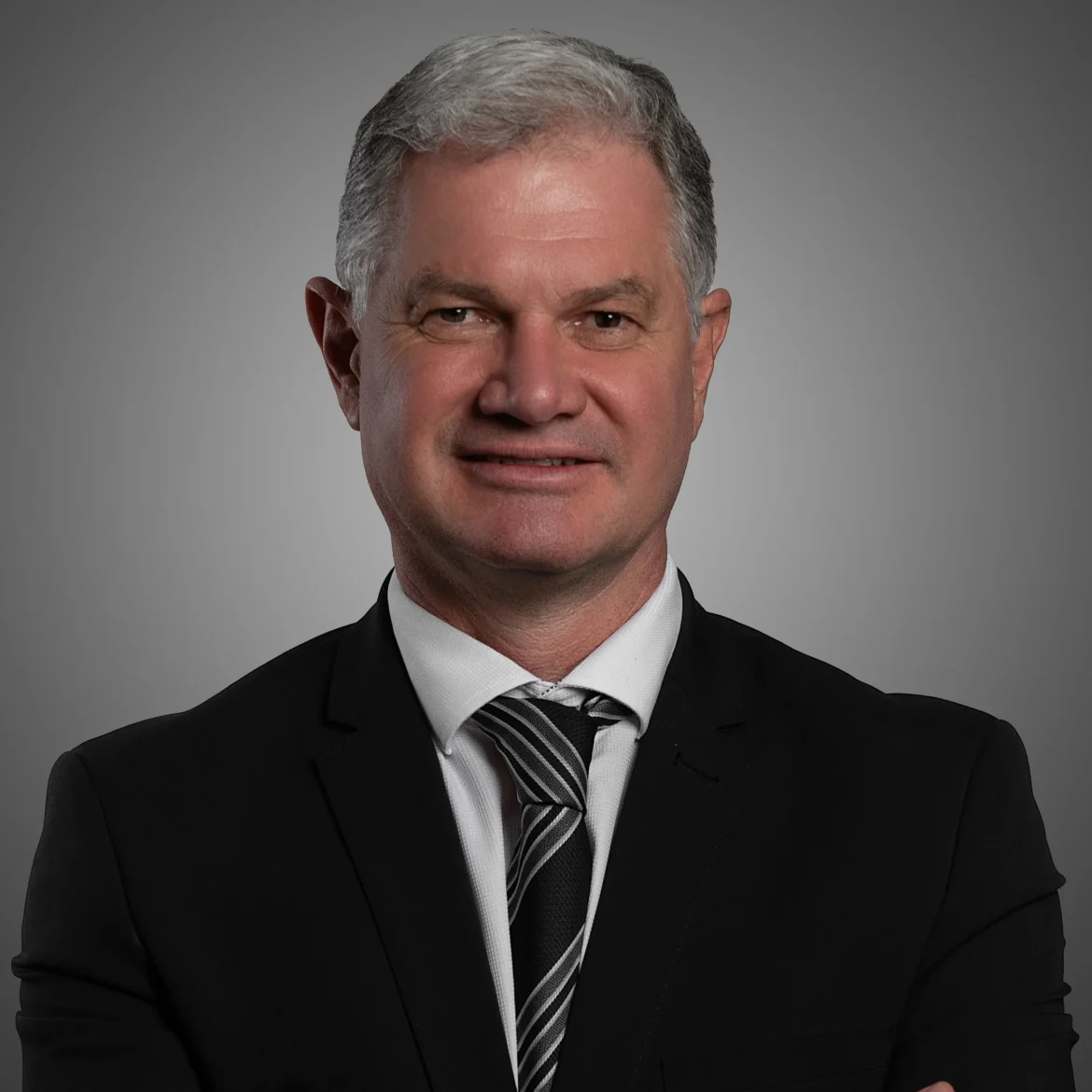The most abundant element in our solar system, hydrogen may also prove to be an essential part of our sustainable future. With decades of research and development behind it, the role of green hydrogen, i.e. hydrogen produced using renewable energy, assumes special significance today as the automotive industry takes steps to decarbonise and embrace a zero emissions future.
As the third major pillar in global decarbonisation efforts, along with energy efficiency and electrification, hydrogen can offer two separate alternatives to fossil fuels, either by powering fuel-cell electric vehicles, or acting as a feedstock for synthetic fuels, thereby complementing ongoing efforts to decarbonise transportation at scale.
Indeed, in the choice between battery electric vehicles (BEVs) and fuel cell electric vehicles (FCEVs) powered by hydrogen, the latter offers several key advantages. Aside from providing a lower material footprint compared to their lithium battery-powered counterparts, hydrogen creates no carbon dioxide (CO2) emissions when used, and has the highest energy per mass of any fuel, providing vehicles with a longer driving range and quicker refuelling time compared with BEVs.
With road vehicles accounting for about 20% of global CO2 emissions from energy and 75% of transportation specific emissions, green hydrogen-powered FCEVs therefore offer a substantial opportunity to unlock a lucrative future for the industry, motorists and the planet.
But realising the full potential of green hydrogen in the mobility sector requires new partnerships, infrastructure and investments – all operating within a coherent and supportive strategy. Government support and public-private partnerships hold the key to accelerating this innovation and deploying infrastructure at scale, which can literally pave the way for vehicles powered by green hydrogen in the region.
In the UAE, a successful example of such a collaboration is that between Al-Futtaim Toyota and ADNOC to test the latter’s pioneering high-speed hydrogen refuelling station using a fleet of the clean hydrogen-powered Toyota Mirai. The station, which will be located in Masdar City, will create clean hydrogen from water, using an electrolyser powered by clean grid electricity.
The pilot programme will help gauge how hydrogen with high-speed refuelling can best be used in mobility projects to support the UAE’s National Hydrogen Strategy, which aims to position the country among the largest producers of hydrogen by 2031.
For Al-Futtaim Toyota, this is the latest shining example of how it has been the brand ambassador of sustainable mobility in the UAE. The new-generation Toyota Mirai was the flag-bearer of sustainability as it made its UAE debut as the official car of the Japan Pavilion at Expo 2020 Dubai – showcasing its groundbreaking environment-friendly technology.
Powered by hydrogen, the innovative Toyota Mirai offers a 100% electric driving experience with best-in-class efficiency and zero emissions, underlining Toyota’s commitment to achieving carbon neutrality and creating sustainable mobility for all.
At Goodwood earlier this year, Toyota also gave thousands of motorsport fans a taste of the rally cars of the future by showcasing its development of alternative, sustainable power technologies. British actor Rowan Atkinson – the beloved Mr Bean and a self-confessed early adopter of EV technology – made a cameo behind the wheel of a hydrogen-powered Toyota GR Yaris H2 to show his support for the zero-tailpipe emissions technology. That technology was born out of Toyota’s pragmatic approach to showcase how the turbocharged 1.6-litre three-cylinder petrol engine of the Yaris could be converted to run on hydrogen via a bespoke injection system.
The same pragmatic approach informs Al-Futtaim Toyota’s decision to be a part of the historic pilot programme in the UAE – where the fleet of green hydrogen-powered Toyota vehicles will enable the gathering of vital data on how hydrogen transportation technology performs, and shape the UAE’s hydrogen infrastructure development.
Of course, globally green hydrogen mobility must anticipate the potential challenges that could thwart its deployment at scale and work on viable solutions and supportive policies. Foremost among these is the creation of a global hydrogen ecosystem – and here in the UAE we are blessed to be far ahead of the game thanks to the UAE’s newly announced National Hydrogen Strategy. Around the region, a cohesive hydrogen policy needs to be developed in tandem with the infrastructure that can ensure there will be sufficient supply, and that pricing levels remain competitive rather than prohibitive.
Whether in the case of FCEVs or H2-ICE vehicles, the objectives of the automotive industry with regards to green hydrogen remain clear; to reduce carbon emissions along the entire automotive value chain. In that journey, there certainly won’t be a one-size-fits-all powertrain, and alongside battery electric vehicles, green hydrogen-powered vehicles will play an essential part in the zero-carbon mobility ecosystem of the future.
Al-Futtaim Toyota is steering the course to cleaner, greener mobility in the UAE, with one of the widest ranges of hybrid models currently on offer, alongside pioneering innovative and sustainable powertrains like the Toyota Mirai hydrogen fuel-cell vehicle. Part of Al-Futtaim Automotive, the region’s mobility market leader, Al-Futtaim Toyota is on a mission to accelerate the green mobility transition in the UAE.
Jacques Brent, Managing Director at Al-Futtaim Toyota & Lexus




